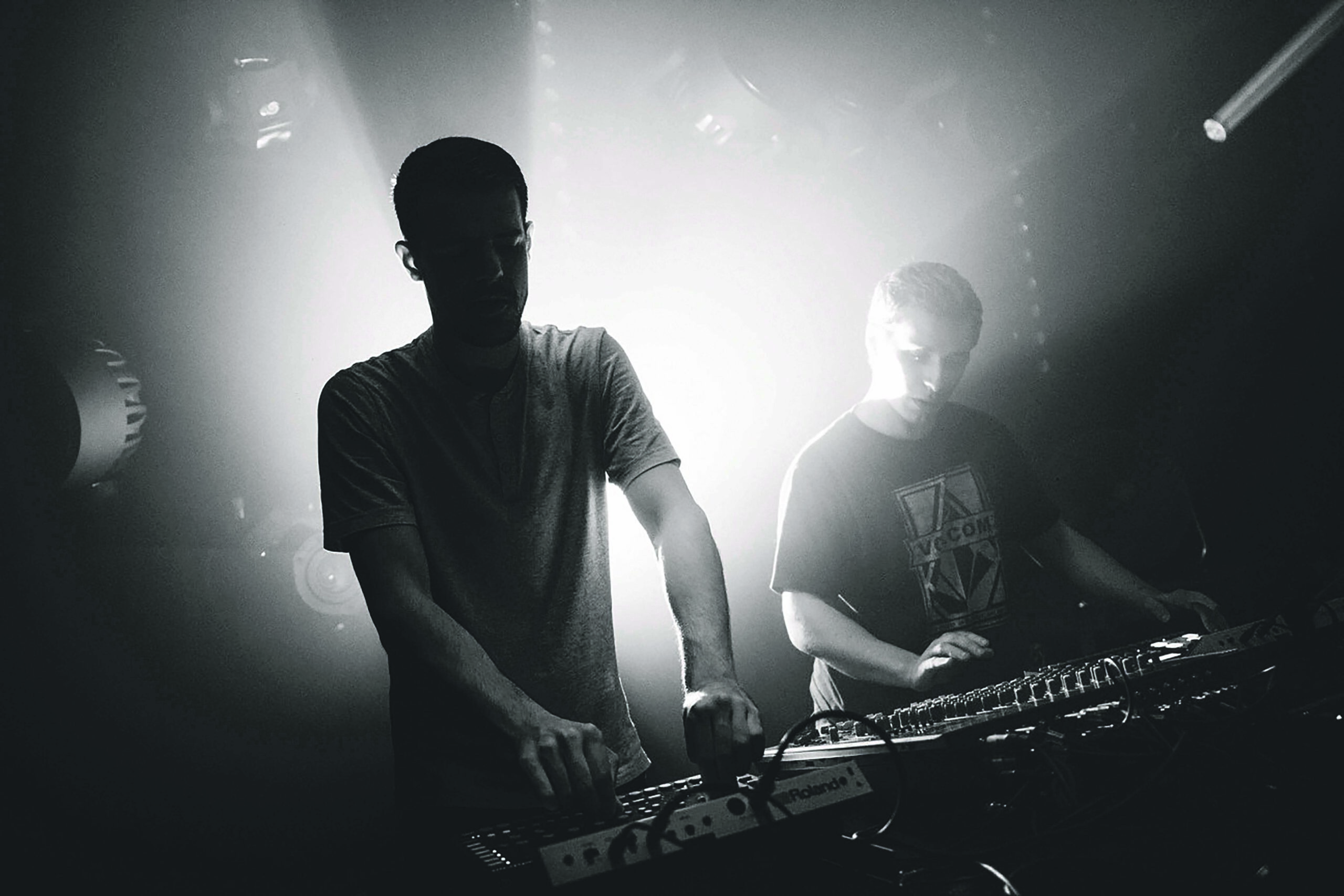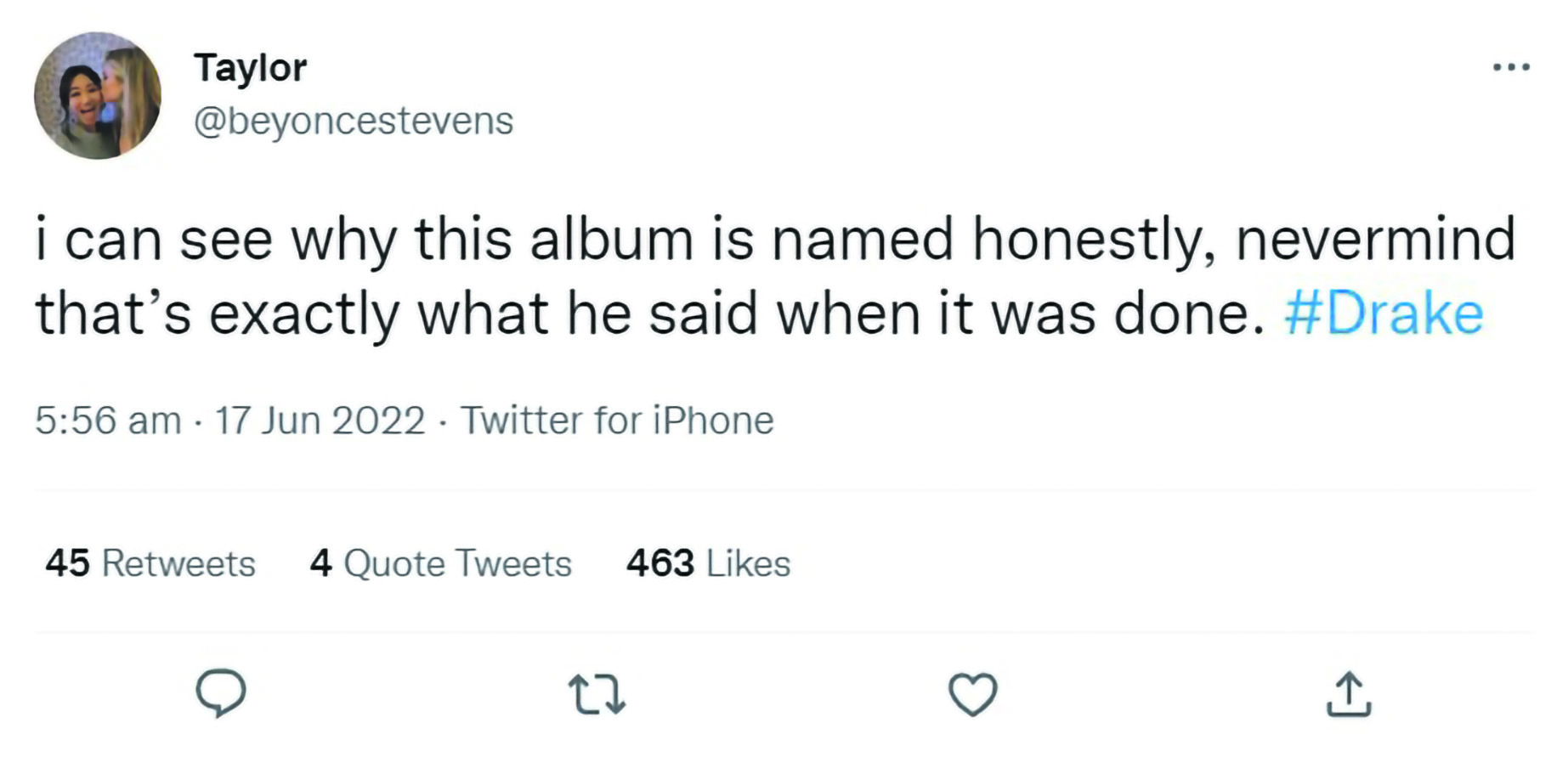2022: The renaissance for UK Dance Music?
 By Resonate | December 23, 2022
By Resonate | December 23, 2022
Words by Lewis Haywood
The Shamen, Daft Punk and Fat Boy Slim, amongst hundreds of others, were some of the big names that dominated the charts in the 1990s. Often spending weeks in the Top 10 flying the flag for dance music. Events such as Castlemorten, Fantazia 92 and the free party movement were in full swing. You could be forgiven for thinking drugs like ecstasy and psychedelics were one of your five a day based on how prevalent they were in the news. It was a time widely regarded as the golden age of raving and club culture. However, all good things must come to an end, and the 2000s and 2010s saw a rapid decline of club music in the charts, as post-Brit pop indie and pop took the lead, and the crackdown by the police on illegal raving and free-spirited drug use stifled the genres that went with it. In 2002 DJ Sonique released her Number 1, It Feels So Good, and began a 20-year-long drought of house music at the top of the charts and, more importantly, female DJ representation.
Almost 20 long years later, on the 8th of September 2022, Eliza Rose & Interplanetary Criminal swept the nation with their feel-good summer dance anthem B.O.T.A (Baddest of Them All), which spent a well-deserved two weeks at the coveted number 1 spot as well as a whopping nine weeks in the top ten. A tearful Eliza Rose spoke outside BBC Studios in London, saying: “This is the people’s rhythm, and I feel like everyone came together to get this to number 1. This is for the underground!”

Is this a festival season fluke, a TikTok sensation, or is there something far greater bubbling beneath the surface of UK music? A revolution? A renaissance? In the year to date, 26.1% of the singles that have entered the weekly top 10 are dance tracks, an almost 80% increase on the genre’s share of top 10 hits across the whole of last year and nearly three times as high as its share in 2019. The statistics don’t lie, and dance music as a genre now holds the second-highest market share, having overtaken rap/hip hop, which boasts the biggest artists in the world and the marketing budgets to match.
With underground dance music exploding into the mainstream charts, it would be difficult for the major labels, publishers and executives to turn a blind eye. Geoff Taylor, Chief Executive of BPI and BRIT Awards & Mercury Prize, said, “dance is a genre that the UK has long excelled at, so it’s gratifying that this renaissance is being powered in part by homegrown talent, including breakthrough artists LF System and Eliza Rose who as mentioned have both spent multiple weeks at No. 1 on the Official Singles Chart this year.” Geoff went on to say, “It’s also fascinating to see how other genres such as hip-hop and pop are morphing into dance and how the genre has been embraced by global superstars including Drake and Beyoncé.”
Geoff Taylor is correct. Drake’s new album Honestly, Nevermind was a far cry away from his usual R&B, rap and pop stylings. His track Massive is a hard, tech-house influenced, five-and-a-half-minute feel-good anthem, which has been accepted with open arms by the dance music community, excited at seeing such a mainstream artist making his move towards the club scene. However, not everyone felt the same way, and some of Drake’s fans made sure that their feelings were made clear, with many rushing to social media to vent their frustration and disappointment on Twitter and a barrage of memes began.

In a video seemingly taken from his album release party, Drake addressed the chatter surrounding his album. In a video clip and speaking over the track, Calling My Name from Honestly, Nevermind, he said: “It’s all good if you don’t get it yet. It’s all good; that’s what we do. We wait for you to catch up. We’re in here, though. We’re caught up already. On to the next. My goodness.”
Maybe the industry has caught up, and now it’s up to the listeners to choose whether to embrace the renaissance or not. Regardless, house music and all things dance seem like they could be back in the charts and on the radio for years to come.
To find more Current, click here.